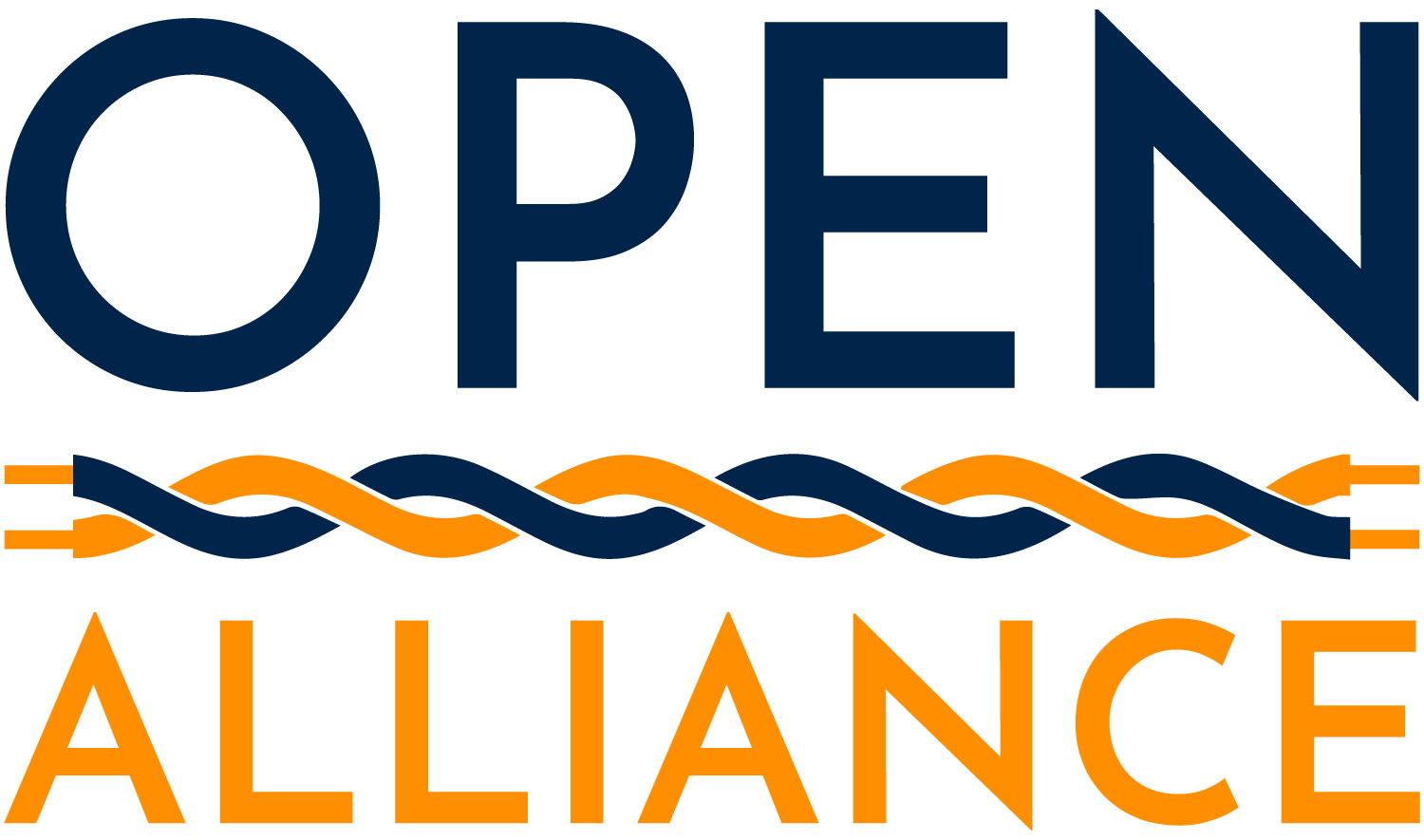The OPEN Alliance (One-Pair Ether-Net) Special Interest Group (SIG), a non-profit industry alliance established to drive wide scale adoption of Ethernet-based automotive connectivity, today announced that membership has grown to more than 400 partnering companies, including the world’s leading automotive manufacturers, semiconductor companies and tier one suppliers, but also companies from other sectors, like testing and advanced application/technological services. The OPEN Alliance has become a networking organization where all expertise in the field of Automotive Ethernet comes together.
Ethernet has been adapted to meet the rigorous requirements of the automotive industry and has become a major enabler for backbone, automated driving applications and connectivity to backend servers. In-vehicle Software and electronics are getting more complex in the need to evolve faster:
- There is an increasing number of infotainment and connectivity features with Internet Protocol (IP) communication;
- New advanced driving applications, with increasing regulations, necessitating more and more sensors needing high bandwidth;
- Over the air updates, increased Cyber Security and reduced time to market
Traditionally adding a new feature in a car means adding a new Electronic Control Unit (ECU). Current E/E (electrical/electronic) vehicle architectures have an average of 50 ECUs with some having more than 200, thus there is no more physical space to add new ECUs.
To answer those challenges, EE Architectures are on the edge of evolving from Domain Architectures to Zonal Service Oriented Architectures. Adding a new feature will mean adding new services into a high-performance ECU, connected with an Ethernet backbone to Zonal ECUs managing local I/Os. In this paradigm shift from signal to service, Automotive Ethernet is one of the major technological enablers, as the basis of high bandwidth and service/ IP communication.
Ethernet is the technology that permits this flexibility in the conception of architectures, it is scalable (from 10Mbps to 10Gbits), it can be used to build as it is a standard, and it is the natural support for IP.
The OPEN Alliance has 15 Technical Committees (TC) focused on driving standards for automotive Ethernet. Their goal is to create and publish specifications on various aspects in the Ethernet domain, like for example:
- To create conformance, interoperability and EMC tests specs for automotive gigabit Ethernet (TC12), 10-megabit Ethernet (TC14), and multi-gigabit Ethernet (TC15)
- To create compliance test for the integration of automotive Ethernet hardware components and software stacks in ECUs (TC8)
- To define wiring and connector requirements for Automotive Ethernet channels (TC9)
- To specify the functionality and needs of Ethernet sleep & wake-up for different speed grades (TC10)
- To create specification and qualification test requirements for Ethernet switches (TC11).
As of today, more than 20 specifications have been publicly released by OPEN Alliance technical committees, contributing to create a robust Automotive Ethernet ecosystem, filling the gaps not covered by other standardization bodies. The first planned specifications for 2020 will cover 1000BASE-T1 Physical Interface device Electromagnetic Compatibility (EMC) and PHY compliance to IEEE 1000BASE-T1 and IEEE 10BASE-T1s specifications.
To learn more visit: www.opensig.org/tech-committees/.
“The automotive industry is experiencing one of its most transformative periods in history: the arrival of high-resolution sensors for Advance Driving, the needs of High speed communication with the off-board (4G/5G) and the need of accelerating feature introduction, is bringing a disruption in the way of information is exchanged between Electronic Control Units in the vehicle. The quantity of information that need to be shared is exploding from hundreds of kilobytes to tens of gigabytes.
OPEN Alliance brings together the world’s leading automotive manufacturers, semiconductor companies, tier one suppliers, conformance labs, as well as tool providers to standardize In-vehicle Ethernet communications from 10Mbps up to 10Gbps, to increase the robustness, as-well as to reduce cost thanks to these new innovative standards (IEEE 10BASE-T1S, 100BASE-T1, 1000BASE-T1, 1000BASE-RH, 2.5GBASE-T1, 5GBASE-T1 & 10GBASE-T1 Ethernet). Moreover, OPEN Alliance also focus in the validation of the integration of Ethernet Technologies (PHY & Switches) with Software layers (TCP/IP, Middleware SOME/IP, …) to guarantee an error-free communication between Electronic Control Units connected by Ethernet.
OPEN Alliance has done an impressive amount of work in the last ten years, to gather the requirements of the industry and create a robust ecosystem to support the millions of vehicles that are already embedding some of these technologies. The challenges are not over, OPEN Alliance is the place to be to shape the future of In-Vehicle networks.”
Josetxo Villanueva, OPEN Alliance Chair
About OPEN Alliance
The OPEN Alliance (One-Pair Ether-Net) Special Interest Group (SIG) is a non-profit, open industry alliance of mainly automotive industry and technology providers collaborating to encourage wide scale adoption of Ethernet-based networks as the standard in automotive networking applications. The partnering companies of the OPEN Alliance SIG believe the flexibility and scalability of Ethernet will dramatically improve in-vehicle safety, comfort and infotainment, while significantly reducing network complexity and cabling costs. Founding members of the OPEN Alliance SIG include BMW, Broadcom Corporation, Freescale Semiconductor, Harman International, Hyundai Motor Company, and NXP Semiconductors. For more information and a complete list of member companies visit http://www.opensig.org.
